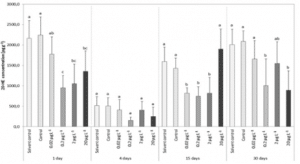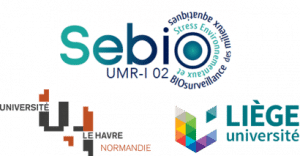Context
Endocrine disruptors (EDCs) are present in the environment, coming from several origins (industrial products, pesticides or even hormones). When accumulated in organisms, EDCs can lead to endocrine system dysfunctions and consequently to population decline, which could in long term impact the ecosystem’s functioning. Although in vertebrates EDC biomarkers are well established (e.g. vitellogenin), few are available in invertebrates, such as arthropods (e.g. shrimps or insects).
This work intended to study the impact of the insecticide chlordecone (CLD), widely used in French West Indies until 1993, on the concentration of the 20-hydroxyecdysone (20-HE, key hormone of the arthropod endocrine system), in the decapod Macrobrachium rosenbergii (in vivo).
Materials
- Precellys® Evolution homogenizer (Bertin Instruments)
- Precellys® lysing kit: 03961-1-002 (ceramic beads 2.8mm)
- 20-Hydroxyecdysone ELISA kit: A05120
- Sample: Muscle tissue of M. rosenbergii
Protocol
- Sample homogenization: 250 mg of frozen muscle was homogenized in 2:1 (w:v) of methanol-water (4:1, v:v) (i.e. 500 μL of methanol–water to 250 mg of tissue) | Precellys protocol: 5500 rpm, 2×10 sec, 10s break.
- Incubate overnight -20°C,
- Centrifugation: 10 min at 10000 g and 4°C
- The resulting supernatant was transferred into a glass tube and the solvent was evaporated with a CentriVap Centrifugal Vacuum Concentrator combined with a CentriVap Cold Trap using centrifugal force, vacuum and controlled temperature.
- After evaporation, the samples were resuspended in EIA Buffer and processed as described in the Kit booklet A05120.
Results
20-HE concentration was significantly influenced by the CLD concentration, the duration of exposure and their interaction. Generally, lower 20-HE concentrations were measured in exposed prawns compared to the respective control, regardless of the duration of exposure, except after 4 days of exposure.
Figure 1: 20-HE concentrations (pg g−1; mean ± S.D.) in the muscle tissue of Macrobrachium rosenbergii exposed at four concentrations of CLD and sampled at four times of exposure. The different letters above the bars indicate significantly different values for each sampling time (Tukey’s HSD test, p-values <0.05). From Lafontaine et al. (2016)
Customer
Lafontaine A., Gismondi E., Boulangé-Lecomte C., Geraudie P., Dodet N., Caupos F., Lemoine S., Lagadic L., Thomé J-P., Forget-Leray J. (2016). Effects of chlordecone on 20-hydroxyecdysone concentration and chitobiase activity in a decapod crustacean, Macrobrachium rosenbergii. Aquatic toxicology, 176, 53-63.



